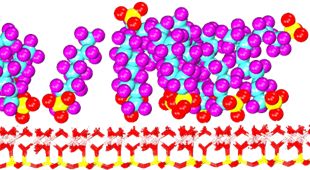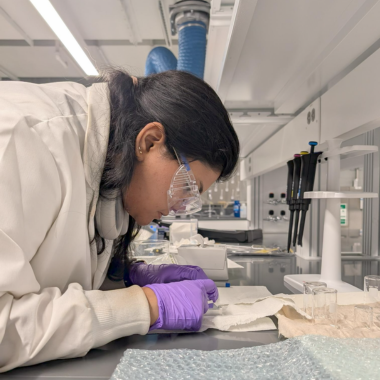How Spartan Simulations Could Help Get PFAS Out of Soil

Removing PFAS from soil and water is important for reducing exposure to these chemicals and the harm they can cause, including thyroid disease and increased risk of some cancers.
“When you start looking at mitigation strategies, you see a lot about removing PFAS from water, but there’s very little about PFAS in soil,” said Dr. Narasimhan Loganathan, a senior research associate in MSU’s Department of Chemistry.
“And some of the studies are ‘molecule blind,’” said Angela K. Wilson, John A. Hannah Distinguished Professor of Chemistry and a scientist with the MSU Center for PFAS Research. “That is, they’re not paying attention to the chemistry.”
Wilson and Loganathan decided to help change that by performing the first molecular-level simulations of interactions between PFAS with a soil component, kaolinite.

For the study, they focused on some of the most prevalent and problematic PFAS chemicals. They chose kaolinite on the soil side because it is a common soil mineral, especially in Michigan.
The results of the simulations did provide some reasons for optimism with regard to remediation. For example, some of the PFAS the Spartans studied that had longer carbon chains serving as their backbones congregated on the kaolinite.
“Ideally, this is what you’d want. You’d like all PFAS just to sit in a clump so you can grab it and filter it out,” Wilson said. The flipside is that the shorter-chained PFAS were less likely to clump, remaining more mobile in soil.
“The take-home message is that not all PFAS behave similarly,” Wilson said. “And not all soils behave the same with regard to PFAS.”
https://doi.org/10.1021/acs.est.2c01054




